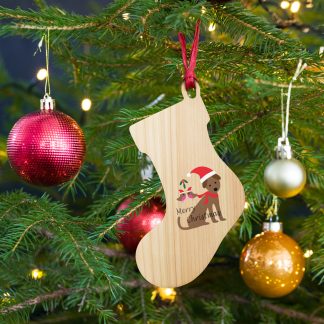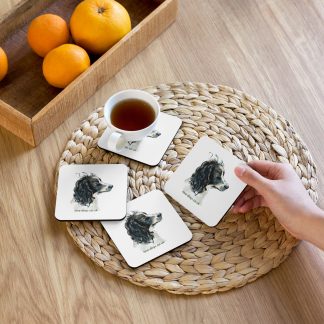
Rewards just may be the single most important motivator in dog training. Obedience training through the use of rewards and other positive reinforcements has long been recognized as the most effective method of reaching most dogs and getting the best possible results.
Making obedience training fun and even making it a bit of a game can be very important to keeping both the dog and the handler motivated and willing to learn. Incorporating a period of playtime at the beginning and end of every training session will make sure that every session begins and ends on a good note.
The most basic of all obedience commands is heeling, or walking with the handler on a loose lead. This is usually the first obedience behaviour that is taught and it is an easy one to teach through reward training. Begin by fitting the dog with a quality, properly fitted training lead and training collar. If you are unsure of how to fit the training collar, be sure to ask a dog trainer or the manager at the store where the equipment is purchased.
Start walking with the dog, always being cognizant of the dog’s position relative to your own. If the dog begins to forge ahead, gently pull on the leash. This will engage the training collar and give the dog a gentle reminder to slow down. It may be necessary to apply greater pressure at first until the dog learns to accept the correction.
If the dog begins to fall behind, slow down and gently urge the dog forward. The use of a lure, or a favorite toy, can be very useful when teaching the dog to walk at your side. By keeping the lure at the desired position for the dog, he or she should quickly learn the desired location.
Always be sure to provide plenty of praise, treats, toys and other rewards when the dog does what is expected of him. Dogs learn best by positive reinforcement. Positive reinforcement means that when the animal does what the handler wants, it receives a reward, which can be anything from a pat on the head to a treat to a favorite toy. At the beginning of training, even the slightest attempts to please the owner should be rewarded.
Training by using reprimands and punishment is not nearly as effective as training by using rewards. Dogs can become discouraged and confused by excessive amounts of punishment and reprimands. Reprimands may be required from time to time, to correct potentially dangerous behaviours like chasing or biting, for instance, but reprimands should be short and directly attributed to the problem behaviour at hand. After the immediate danger has passed, the training should continue with reward based training and positive reinforcement.
For instance, if you come home and your dog is chewing the furniture or other inappropriate item, immediately give the dog a sharp “No” or “Off” and take the item away. Then immediately give the dog one of his toys or other items that he is allowed to chew on and praise the dog enthusiastically when he takes the toy and begins to chew it. This will teach the dog to associate chewing some items, like his toys, with praise and chewing inappropriate items with reprimand.
It is very important for the dog to make these associations, since it is very hard to change negative associations once they have formed. It is always much easier to train proper obedience behaviours the first time than it is to go back and retrain a problem dog later on. That does not of course mean that retraining is impossible, it simply means that it is more difficult.
Teaching a puppy, or an older dog, to associate the behaviours you value, such as coming when called, sitting on command, walking at your side, chewing only on toys, etc. with happy, fun times is the basis of all successful dog training.






